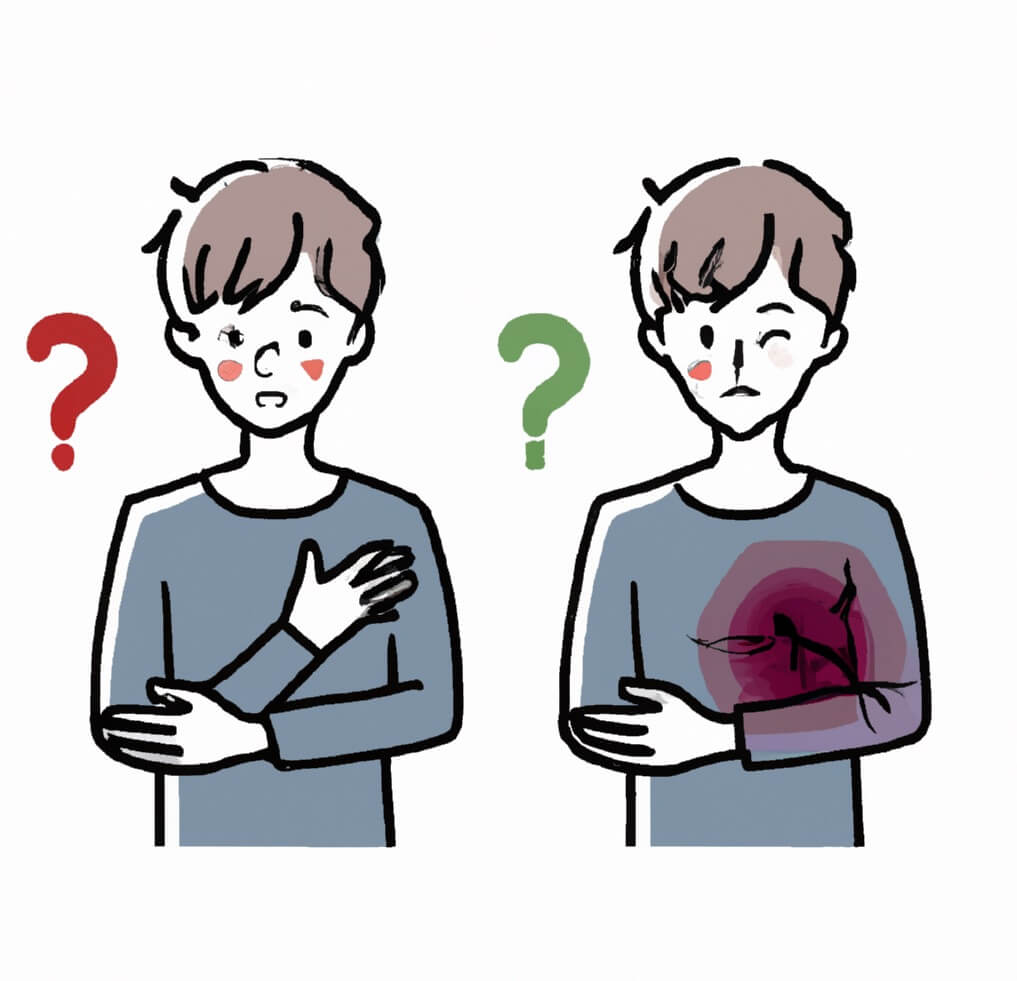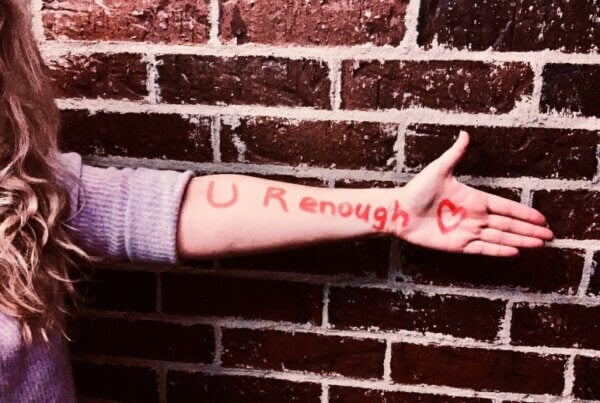In the labyrinth of mental health, one critical term stands out vividly – Dual Diagnosis.
Also known as co-occurring disorders, dual diagnosis refers to the simultaneous occurrence of substance use disorder and mental illness in an individual. The intricacies of dual diagnosis have puzzled medical professionals for years due to the complexity of its nature. Is there a cure? The answer isn’t straightforward, but progress is possible.
The detection of dual diagnosis can be pretty challenging. Its symptoms often intertwine with those of individual mental health or substance use disorder, making it difficult to trace back to a comprehensive diagnosis.
Common symptoms of dual diagnosis include continuous relapse after sobriety attempts, extreme behaviors, frequent medical emergencies, and withdrawal from social activities. A careful examination by mental health professionals and physicians is essential for an accurate diagnosis.
Healing from dual diagnosis involves much more than just abstinence from consuming substances; it requires comprehensive attention. Evidence-based practices – scientifically researched treatments – play a crucial role in this freeing journey. Such interventions are multi-faceted and encompass many areas, such as cognitive-behavioral therapy (CBT), dialectical behavior therapy (DBT), and motivational interviewing (MI) aiming at improving psychological resilience.
Psychoeducation helps individuals understand the relationship between substances and their mental health condition, while individual counseling assists in addressing specific behavior patterns and triggers associated with substance use. Well-rounded healthcare includes careful monitoring of medication adherence and hygiene factors such as sleep patterns and nutrition.
Selling abstinence from drugs and alcohol is part of the healing path but not entirely the solution. Reliable social support systems act as pillars that hold the recovery structure together. Family, friends, and support groups—anchors during stormy weather—offer the emotional security necessary for steady recovery progress.
Stigma has been an enduring parasite feeding on societal advancement over time, especially around mental health issues, including dual diagnosis. It hides in workplaces, homes, and even in healthcare settings, often blocking the path to recovery. Combating stigma involves a collective effort—from awareness campaigns that educate people about the reality of these conditions to sensitive portrayals in media.
A pertinent theme when dealing with dual diagnosis is the importance of not walking the recovery journey alone.
While independence is perceived as strength in many social contexts, there’s unmeasured power in leaning on others for support during distressing times. Therapy is an excellent ally in this journey—it opens avenues for heart-to-heart dialogues and offers tools to cope effectively with life’s mental health challenges.
Treatment becomes paramount when conditions deteriorate to an uncontrollable level or when self-help strategies prove ineffective. Medical professionals work tediously to sketch the road map toward progressive healing. A treatment plan for dual diagnosis frequently incorporates evidence-based practices combined with medication-assisted therapy (MAT) administered under impeccable supervision.
Adopting vulnerability may seem counter-intuitive, but it’s profoundly liberating. Opening up about your struggles doesn’t dilute your strength—it highlights courage unmeasured by societal standards. There’s a glorifying power in showing genuine emotions, addressing personal flaws, and seeking help when required. This engagement levels up self-awareness and paves the way for eventual healing.
In understanding the dual diagnosis and its elaborate treatments, we stumble upon an essential realization – contentment isn’t solely based on the absence of affliction; it’s also about thriving amidst adversity. Pursuing a content life doesn’t stop at merely managing symptoms but flourishes through enriching experiences unique to each individual’s journey.
Significantly enough, it takes immense strength to ask for help openly—to state that you’re struggling and need someone by your side. Being able to express your needs comfortably isn’t a symbol of weakness but rather an emblem of courage. It’s paramount that society recognizes this strength, advocating for a culture where it’s perfectly alright to ask for help, the desire to make sobriety a supportive space for experimenting, and awareness to direct to rehabilitation processes and treatments.
The varied layers of dual diagnosis and its treatments suggest that recovery isn’t a single-point event. Instead, it’s a journey with its unique rhythm—flowing through different stages at different paces. And every step forward, no matter how small it may seem, is a testament to an individual’s fortitude.
In retrospect, “Is there a cure for dual diagnosis?” may not have the quintessential one-word answer you might seek. However, modern treatments based on comprehensive care and the power of vulnerability and support offer promising paths toward disease management and content life. From the perspective of strength—and not mere survival—the conversation around dual diagnosis changes from ‘curing’ to ‘living,’ which is progress.
By Gary S.



